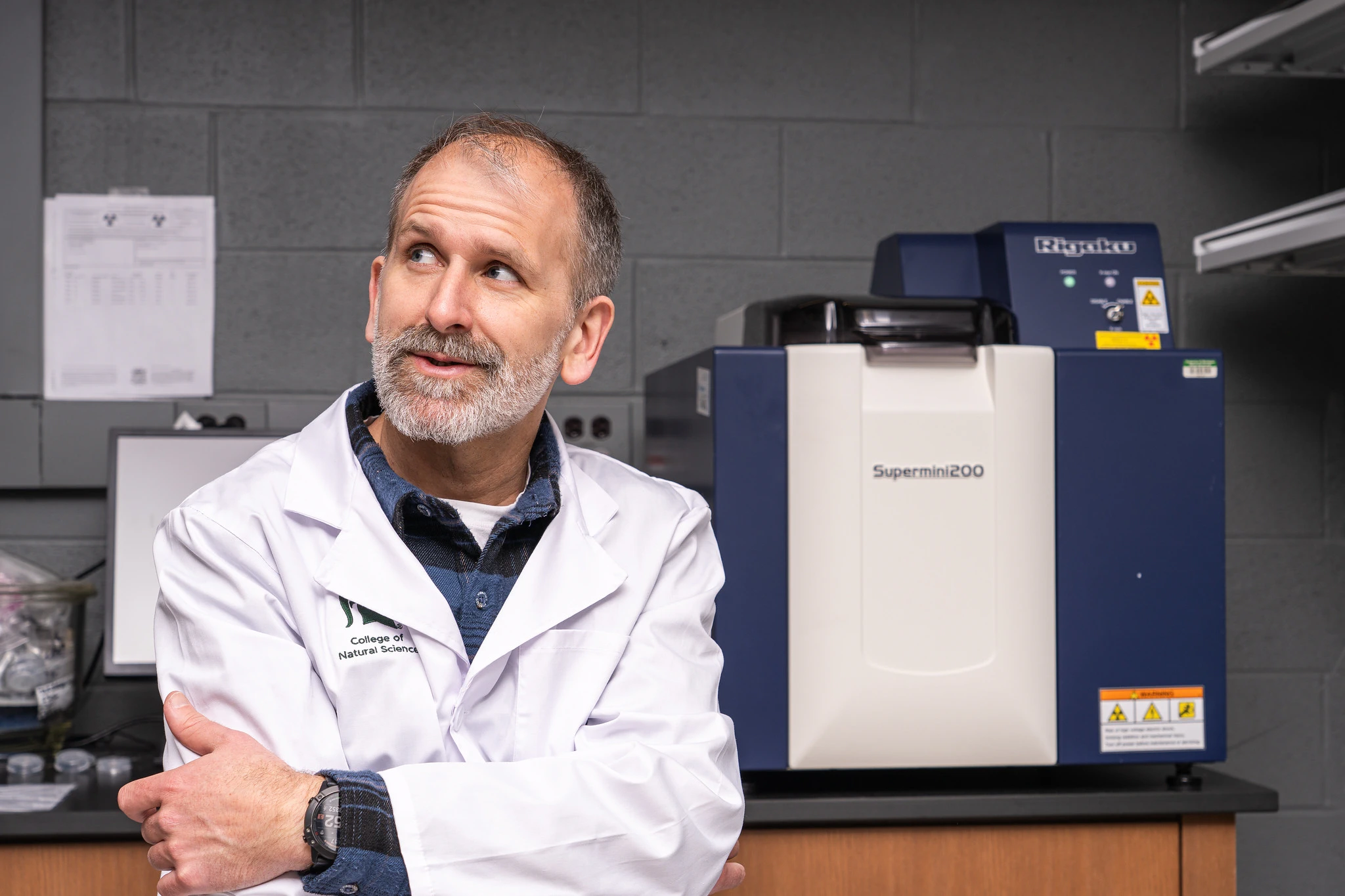
Millions of years ago, nearly all of Earth’s continents were fused together in one giant land mass called Pangea. That is, until tectonic forces split them apart in a phenomenon called continental rifting. Tyrone Rooney has spent his career solving the mystery of how rifting works.
The Michigan State University earth and environmental sciences professor has analyzed rocks at one of the Pangea breakup points on the Angolan margin. He’s made glass from ground-up rock found in the Great Rift Valley in East Africa and scrutinized its crystals, looking for hints at what’s causing continents to break apart today.
Rooney’s work in the College of Natural Science is fundamental, meaning his goal isn’t direct application. But the implications for his work, funded by the National Science Foundation, are endless. Future researchers could apply his research to seismic models to help them assess earthquake hazards. Oil companies, which have significant operations in offshore Angola, can better understand how sediments filled the basin formed by rifting and generated oil under the Earth’s crust.
